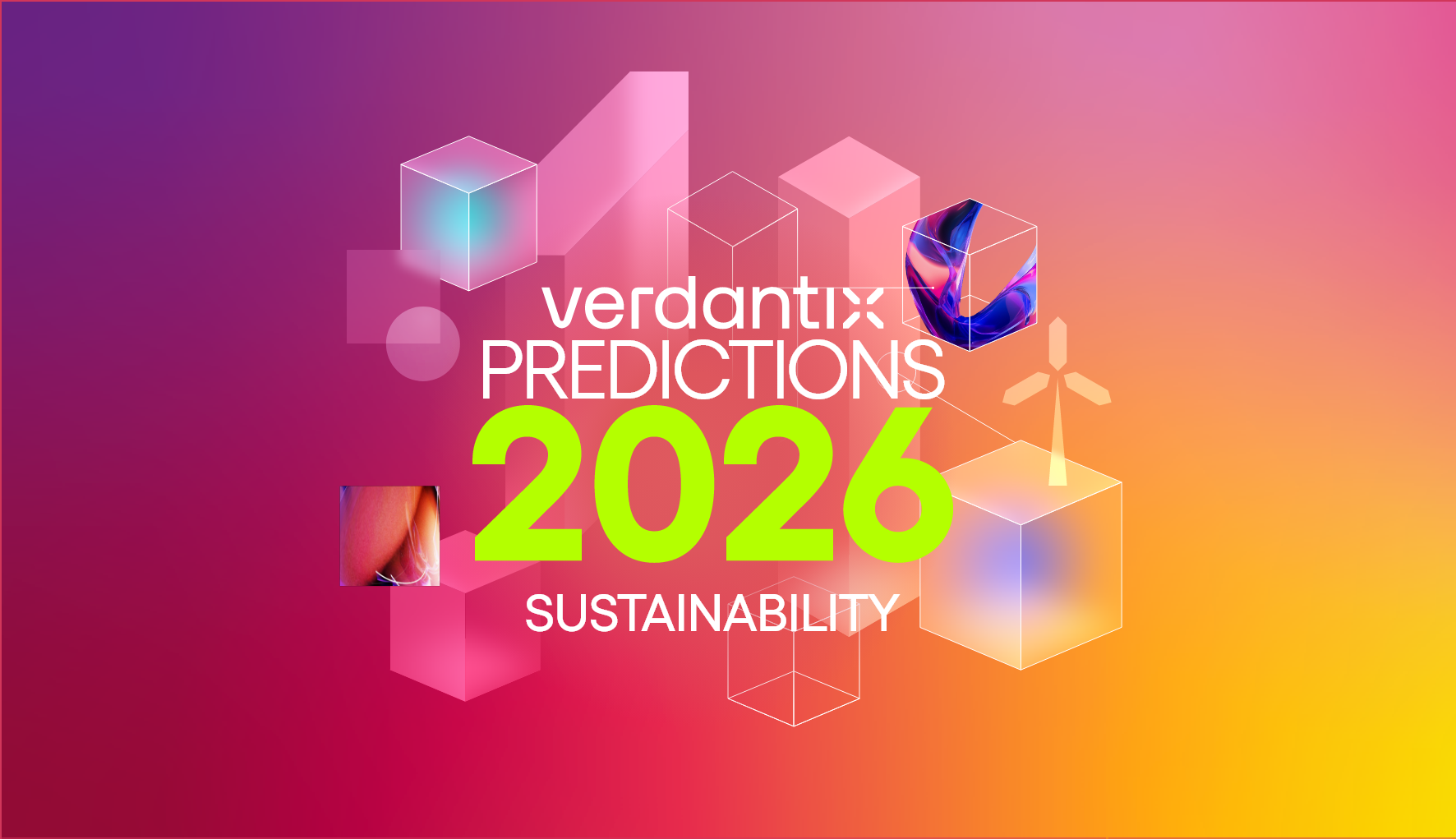Reverse Logistics: Paving The Way For A Circular Economy In Retail
Returns have a profound impact on both financial viability and environmental sustainability. Annually, returned retail goods in the US alone – valued at $1 trillion – generate 16 million metric tonnes of carbon emissions. However, 11% of value disappears following any minor damage to inventory during the return process. Unsurprisingly, the retail industry is shifting towards a circular economy business model to recapture value and reduce negative externalities. But a successful transition hinges on effective implementation of innovative, digital reverse logistics solutions.
Retailers may consider the following integrations for a comprehensive digital architecture to optimize reverse logistics:
- Intelligent returns management software with an eCommerce platform and, for omni-channel retailers, in-store point of sale systems.
- Advanced software with intelligent disposition and pricing engine capabilities that can make real-time decisions on the most profitable and sustainable path for each returned item.
- A reverse warehouse management system to address the unique intricacies of returns management – such as restocking, vendor returns, inspection, repair and refurbishing – ensuring that returned items are swiftly processed and adeptly reconditioned for their second life.
- Specialized reverse logistics software that can disseminate returns, as well as overstock inventory, across an extensive network of third-party retail marketplaces.
- Supporting systems – such as CRMs, ERPs and transportation management software – to create a cohesive ecosystem that supports every step of the returns process.
As retailers and consumers increasingly prioritize sustainability in their returns processes, we will witness a rising demand for the surrounding digital ecosystem of returns management and reverse logistics solutions. There has already been significant product development, investments and acquisition activity. For example, in May 2024, Revive raised $3.5 million in seed funding led by Equal Ventures. Revive, a solution for unstockable and returned inventory, helps brands recover asset value from returned items, reduce operational costs and upcycle products, thereby addressing financial losses and environmental impacts in the fashion and retail industries. In the same month, Flex acquired FreeFlow, enhancing its reverse logistics and circular economy capabilities with FreeFlow's B2B digital marketplace for selling surplus and returned inventory. FreeFlow's platform improves product lifecycle profitability and longevity by enabling repair, refurbishment, asset recovery, recycling and secure asset disposition, and the platform recently added digital circular economy tracking, sustainability analytics and reporting features.
We can expect this trend to continue, as Verdantix calculates that the circular economy digital solutions market will grow to over $1.7 billion by 2027.
To learn more about the circular economy market and supporting technologies, look out for our upcoming report Tech Roadmap: Circular Economy and Supply Chain Sustainability Digital Solutions, and read the following reports:
Tech Roadmap: Circular Economy Digital Solutions
Best Practices: ESG & Sustainability Digital Strategies For CPG & Retail
About The Author

Jessie Wilson
Industry Analyst





